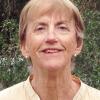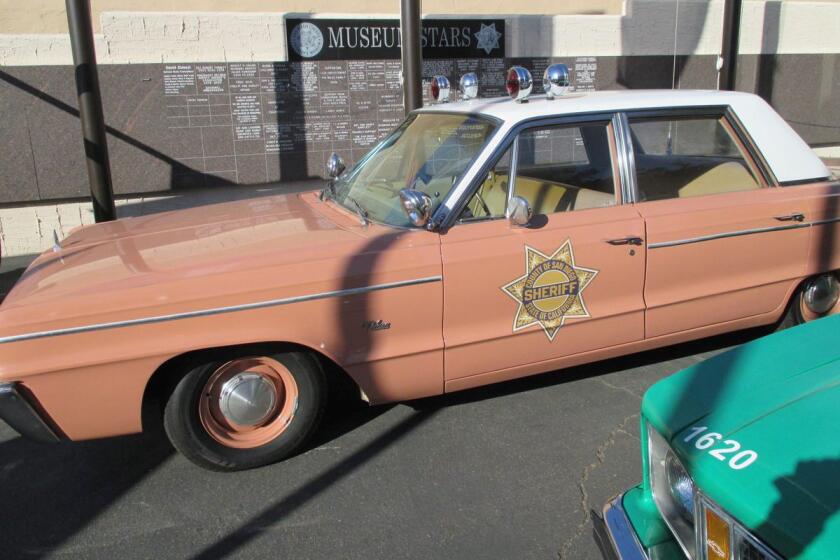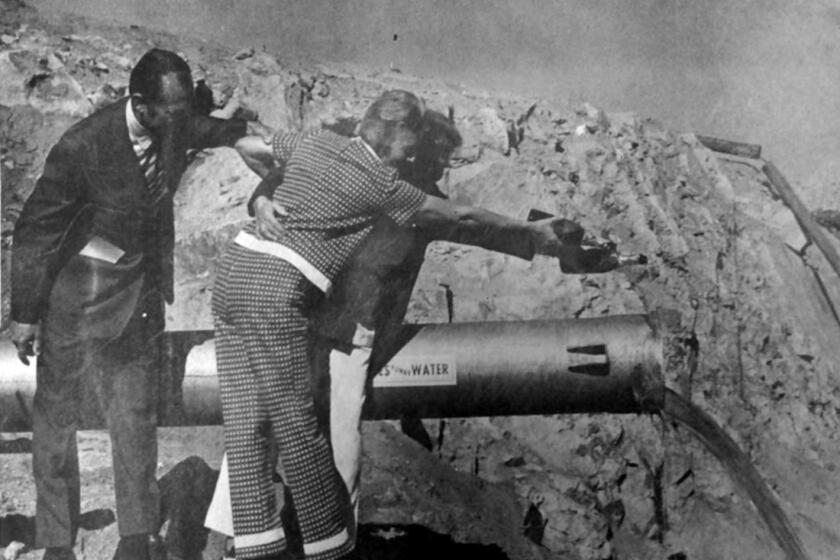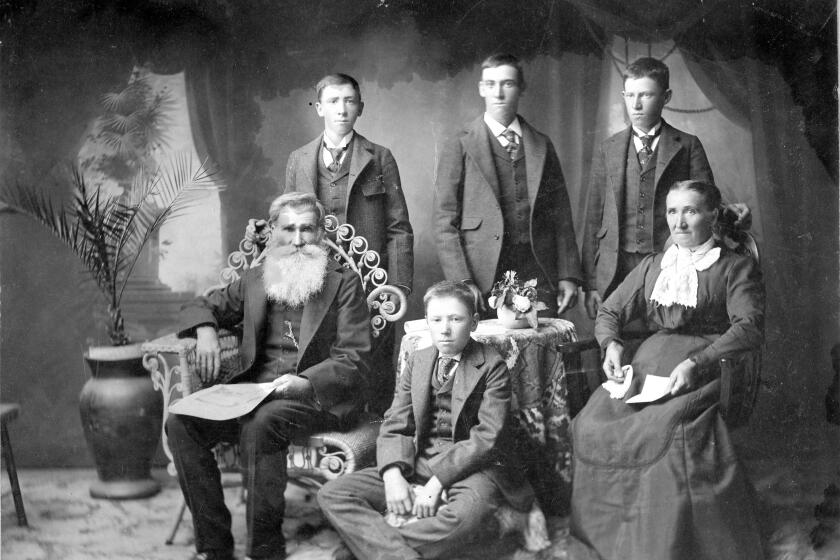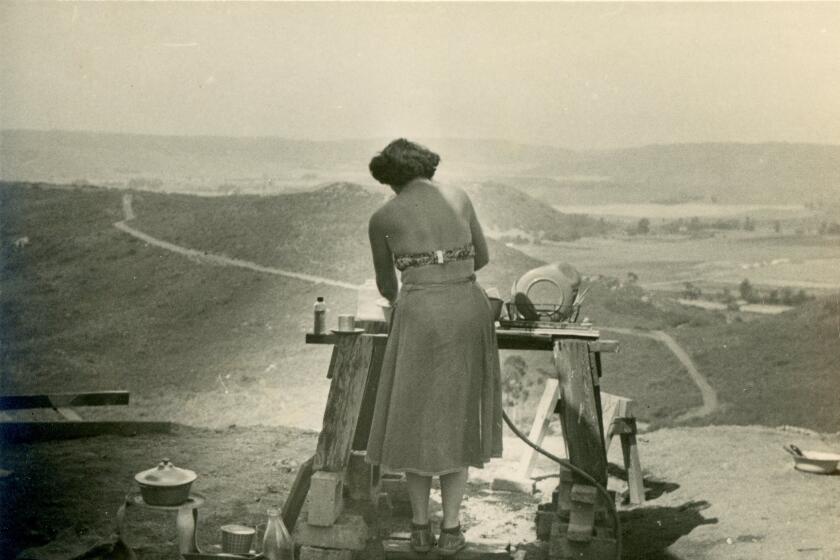Fire? Run over to the Poway station
If you lived in Poway before the 1960s and your house caught fire or flames erupted on a field next door, you needed to grab your hose and hope your neighbors were around to help. With luck, there would a response from the state Division of Forestry Fire Service, if the blaze was spotted from the lookout station atop Mount Woodson.

In 1959, the county Board of Supervisors’ task force recommended that Poway Municipal Water District establish a fire department for the fast-growing community.
After studying the matter, the district in July 1960 petitioned to form a fire department under a provision of state law.
The move was not, of course, made without controversy. The Poway Taxpayers Association submitted a petition in opposition, threatening to recall the board if the decision wasn’t delayed. They also ran a full-page ad in the Poway News urging readers to opt, instead, for an election to establish an independent fire suppression district. Col. John Porter, whose land would one day become Old Poway Park, was the chairman of the taxpayers’ association. He was also a member of the water district board. Awkward.
Nonetheless, the board went ahead and approved an ordinance establishing a fire department under provisions of state law.
Having taken the action, the directors of the district set out to staff and equip their new department. Following a competitive examination and interviews conducted by the board, with an assist from chiefs from neighboring fire agencies, they selected Jim Westling as the first chief. His resume included 23 years with the Minneapolis department and five and one-half with ARAMCO in Saudi Arabia.
Two engineers, I. J. “Iggy” Leone and Von “Rip” Ruple, were selected from among 10 applicants. Filling the rest of the roster were 20 volunteers, picked by seniority of filing their applications. Enthusiasm was high, and there would be a waiting list for the coveted position.
A fire station, built on Community Road catty corner from Community Church cost about $18,000. It opened in October of 1961.
For equipment, they had a new 1961 American La France pumper with a Ford c850 chassis, a 534-inch displacement engine and a 500-gallon tank. The rig’s $15,000 price included hoses, nozzles, tools and equipment.
Chief Westling’s new station wagon would serve in an emergency as an ambulance.
This was long before 9-1-1. The department had its own emergency phone number, which rang at the water district offices and at the fire chief’s home. After office hours for the district, the business number would ring at the fire station. Short-wave radios were used for communication and to summon the volunteers where there was a fire.
Whether the information was received by phone or in person (yes, people would often run or drive to the station), the engineer on duty would notify the volunteers by radio and then respond to the fire himself.
Mutual aid agreements were signed with the forestry service, Miramar Naval Air Station and other departments throughout northern San Diego County.
To answer a need for more personnel, a Boy Scout Explorer post was set up in 1963 for young would-be firemen. Over the years the program would produce many young men who would pursue firefighting as a career. One of them, Bill Briscoe, would become the district’s fourth paid employee in 1971.
In 1964, the department added a second rig.
In addition to putting out fires, the department offered first aid instruction, performed safety inspections for businesses, dispatched the occasional rattlesnake and even rescued a horse from a well.
The mettle of the young department would soon be tested. I. J. Leone died after suffering a heart attack at a structure fire in 1966.
The devastating Mt. Woodson Fire in 1967 raced through much of Poway, severely burning two of the firefighters and destroying one of the rigs. (See the “Then and Now” in the online archives for October 2017 for more details.) The truck was replaced, both men were eventually able to return to work and the department forged ahead.
As Poway grew the need for protection increased. More paid firefighters were added as the department transitioned to full-time staffing. Ambulance service was added. (More about that in next month’s column). A second station was opened at Lake Poway in 1973, providing improved service to northern Poway.
Today’s state-of-the-art department now has more than three stations and a training facility and a full-time professional work force of more than 50.
And Powegians have the assurance that their emergency call will get a prompt response.
Shepardson is vice-president of the Poway Historical and Memorial Society.
Get the Pomerado News in your inbox weekly
Top headlines from Poway, Rancho Bernardo and 4S Ranch, every Thursday for free.
You may occasionally receive promotional content from the Pomerado News.

